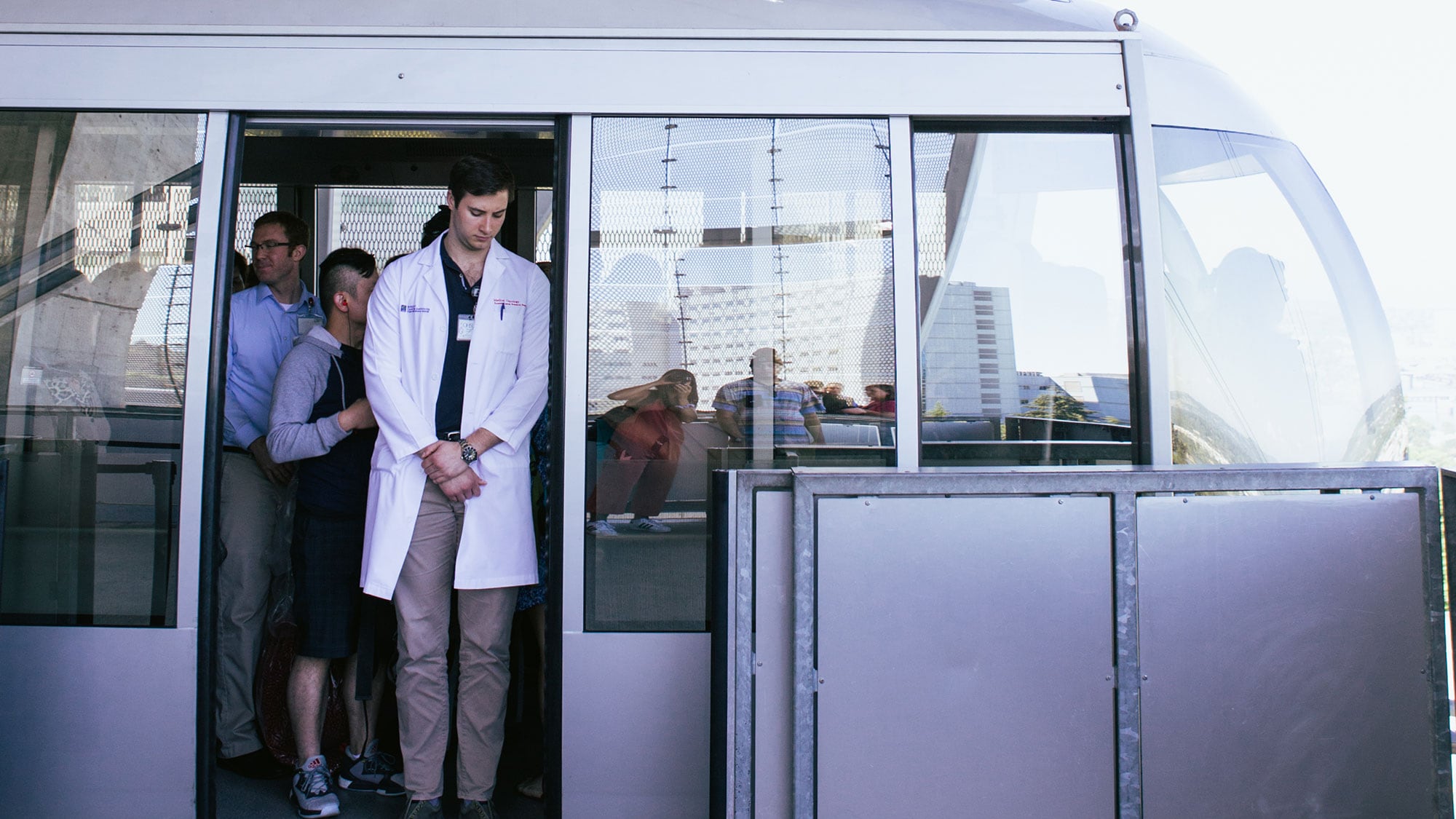On March 16, Dr. Dana Hargunani, the Oregon Health Authority's chief medical officer, offered Oregonians a terrifying glimpse of the future: In four weeks, if nothing changes about the state's response to the novel coronavirus, 400 people will need intensive care at a hospital and won't get it.
"We have entered into a stark new phase of this pandemic," Dr. Hargunani said. "If our current trends continue, the state of Oregon may need an additional 1,000 hospital beds and 400 ICU beds to accommodate the volume of patients by April 11."
Starting now, all of the major hospital systems in Multnomah, Clackamas and Washington counties have joined together in what Hargunani called an "unprecedented, coordinated approach" to limit elective surgeries and open up beds in non-hospital settings.
At this date, no one—not even the engineers of the plan—feel confident saying that this will be effective at "flattening the curve," or slowing the number of COVID-19 patients surging into the health care system.
"We are two months late. But still, we need to catch up," says Chunhuei Chi, the director of the Center for Global Health at Oregon State University. "Within one week in early March, Italy's total national cases increased from 600 cases to 18,000. We have to take it seriously so we don't fall into the steps of Italy."
No place in the nation was adequately prepared for this pandemic. But the speed at which COVID-19 might overwhelm Oregon's healthcare infrastructure has exposed how ill-equipped Oregon's hospitals and health officials are for this crisis.
"I am concerned that our medical response has been plodding and economic response nonexistent," says former state Rep. Knute Buehler (R-Bend), an orthopedic suregon. "This medical and public health care crisis isn't liberal or conservative. It can only be defeated with bold action and decisive leadership—starting with the governor. I encourage her to use all the incredible people and resources at her disposal."
Simply put, if Oregon wants to limit the number of people in hospital beds, the state needs to aggressively test for COVID-19 cases. If it can't test for the virus, it will probably need a lot of beds.
Oregon doesn't have either. Here is how that happened.
1. RESEARCH INSTITUTIONS AREN'T PREPARED TO TEST.
Only one lab in Oregon is conducting tests for the COVID-19. That's the state's public health lab in Hillsboro, which is testing 80 patient specimens daily—or about 40 people.
Two weeks ago, on Feb. 29, the Food and Drug Administration granted a waiver so academic and commercial labs could conduct COVID-19 testing without needing to wait for approval from state health authorities.
Two days later, the University of Washington's Virology Lab began churning out tests for COVID-19.
In one day, that university lab can test more people than the state of Oregon has tested in four weeks.
This state's leading research institution, Oregon Health and Science University, is still working to open its COVID-19 testing lab. It's not clear why OHSU is struggling to begin.
OHSU told WW on Friday that, beginning this week, its Department of Pathology and Vaccine and Gene Therapy Institute will begin testing 40 to 150 COVID-19 specimens per day, enough for roughly 20 to 75 people. Despite the announcement, the lab has experienced continued delays.
"Our ability to provide testing hinges solely on having adequate supplies," OHSU spokeswoman Tamara Hargens-Bradley told WW on Monday. "To date, we have not had adequate supplies."
Hargens-Bradley could not provide specifics on what supplies are still needed, and where they're expected to come from. Still, she said, the lab is expecting to begin testing this week.
For weeks, the state has promised to implement commercial testing for COVID-19. But, to date, there are no commercial labs in Oregon that are capable of testing for coronavirus, the Oregon Health Authority tells WW. Hospitals are allowed to order tests through commercial labs outside of the state, the OHA says.
"We're concerned about the lack of ability to test at present, because at present we don't have a way to know who is carrying the COVID virus and who is not," Dr. Renee Edwards, OHSU's Chief Medical Officer and an OB-GYN, said March 16. "You don't know who to isolate, and who not to isolate. Testing really helps us determine that from an epidemiologic standpoint."
2. HOSPITAL BED CAPACITY WAS TRIMMED.
Oregon has 1,059 acute care beds for patients who require critical care, such as a ventilator. That breaks down to 1.6 beds per 1,000 people As the Portland Tribune first reported on March 15, that's the lowest per capita rate in the country.
Why did that happen? It was partly intentional.
Under Gov. John Kitzhaber, Oregon continually pushed medical systems to look for ways to use fewer hospital beds.
That's a great way to reduce the most expensive part of the system in ordinary times, but leaves hospitals shorthanded when crisis hits.
Hospitals are now alarmed. The state's model says the COVID-19 case count will double every 6.2 days, fast outstripping bed supply. That's a major reason why the governor has shut down much of public life.
"Without a significant slowing of COVID-19, Oregon will not be able to serve the hospital needs of Oregonians without creating more hospital beds," Edwards said during Monday's press conference. "On a normal day, our ICU beds [at OHSU] are full of Oregonians who need critical care, even without the COVID crisis."

